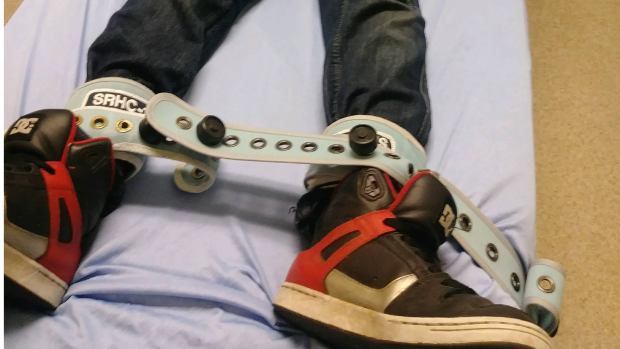Dangerous sedative drug still being prescribed to seniors despite warnings, according to new research
02/24/2018 / By Jhoanna Robinson

Benzodiazepine, a kind of psychoactive drug, enables people to sleep or feel calm. However, in senior citizens, the use of benzodiazepine is associated with increased risk of broken hips, car crashes, and falls. This is the reason why they are considered by international guidelines as drugs that a minimal number of older adults over the age of 65 should take.
However, according to a new study that was published in the Journal of the American Geriatrics Society, a sizable percentage of people under that age group in Australia, Canada, and the United States still have active prescriptions for the medication.
At present, around seven percent of older people in the U.S. have a benzodiazepine prescription, and the numbers are even greater in Australia and Canada.
According to the new research, prescriptions for the drug have slowly been declining since new guidelines were published. Furthermore, the number of older people who are going to be on benzodiazepine for the first time has also dropped, and at a much faster rate.
“This downward trend is definitely encouraging, in particular the trend in the new starts for these medications, because the easiest solution is to not start people on them at all,” said Dr. Donovan Maust, an assistant professor of geriatric psychiatry at the University of Michigan Medical School.
The percentage of American veterans over the age of 65 who had active benzodiazepine prescriptions dropped to 7.3 percent in 2016 from 9.2 in 2010, and the percentage of those who started on the drugs for the first time dropped to 1.7 percent from 2.6 percent over the same time period.
Ontario, a province of Canada, started with much higher rates than the U.S.: the prescriptions declined to 13.4 percent by 2016 from 18.2 percent in 2010. The percentage of older people who get started on the drug also decreased – from 6.6 percent to four percent over the same time period.
For its part, Australia’s over-65 population’s benzodiazepine prescription decreased to 16.8 percent in 2016 from 20.2 percent in 2010. However, the number of first-time prescriptions didn’t decrease that much – from seven percent to 6.7 percent.
The U.S., Australia, and Canada are all members of Choosing Wisely International, an effort spearheaded by the Commonwealth Fund to help countries imitate the Choosing Wisely Initiative initiated by the American Board of Internal Medicine. Australia and Canada each have their own national initiatives.
The Choosing Wisely International group cited benzodiazepine use of people over age 65 as one of the top 10 major issues to focus on.
“When you consider that, it’s disappointing that new use isn’t dropping more. We need to bend the curve further, with special focus on those who have never been prescribed these medications before because the greatest risk of fall is in the first few weeks after starting on one of these drugs. And if you don’t become a new user, you can’t become a chronic user,” Dr. Maust said.
Research also revealed that patients whose main purpose of taking a benzodiazepine is for the alleviation of acute stress are more likely to suffer from post-traumatic stress disorder.
More on benzodiazepines
Benzodiazepines work by influencing neurotransmitters in the brain, which are chemicals that neurons release to exchange messages with other nearby nerves. One of these nerves that they communicate with is gamma-aminobutyric acid (GABA), a neurotransmitter that serves as a nerve suppressor.
Scientists are of the belief that anxiety and other psychological disorders are caused by the excessive activity of such nerves. Benzodiazepines are supposed to decrease the activity of the nerves in the brain and spinal cord by magnifying the effects of GABA.
Among the uses of benzodiazepines are:
- Treatment of seizures;
- Treatment of anxiety and panic;
- Treatment of insomnia;
- General anesthesia;
- Sedation prior to surgery;
- Treatment of depression;
- Muscle relaxation;
- Alcohol withdrawal and drug-associated agitation;
- Treatment of nausea and vomiting; and
- Treatment of panic attacks.
For more stories regarding dangerous prescription drugs and other medications, visit Opioids.news.
Sources include:
Tagged Under: Australia, benzodiazepine, Big Pharma, Canada, drug, drug racket, neurotrasnsmitters, research, senior citizens, side effects, United States
RECENT NEWS & ARTICLES
COPYRIGHT © 2017 MEDICAL EXTREMISM




















